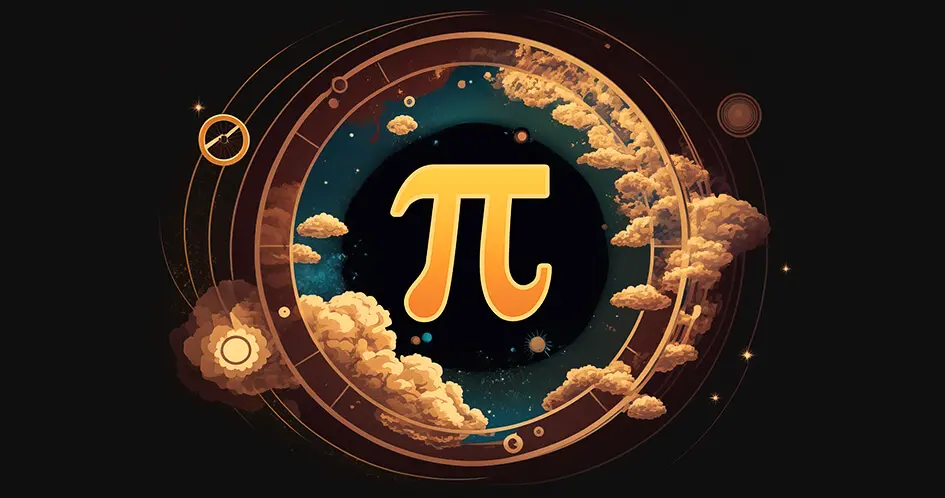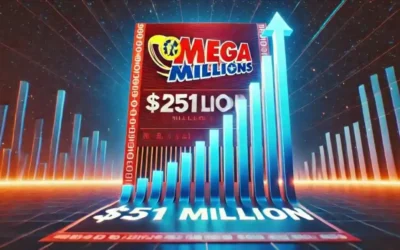Pi’s Popular Pals: Alternatives to 3.14

You’ve probably heard of pi (π), the famous mathematical constant that represents the ratio of a circle’s circumference to its diameter. It’s often approximated as 3.14, but there are other numbers that can be used as well. Let’s dive into the world of pi approximations and explore some common alternatives.
The Never-Ending Number: Pi (π)
Before we talk about alternatives, let’s quickly recap what pi is. Pi is an irrational number, meaning it has an infinite number of decimal places that go on forever without repeating. While 3.14 is a commonly used approximation, it’s not exact.
22/7: The Classic Approximation
One of the most well-known alternatives to 3.14 is the fraction 22/7. This simple fraction provides a reasonably accurate approximation of pi. While it’s not as precise as 3.14159, it’s often used in calculations because it’s easier to work with.

Other Approximations
While 22/7 is the most common alternative, there are other fractions that can be used to approximate pi:
- 355/113: This fraction offers a more precise approximation of pi compared to 22/7.
- Continued Fractions: These are expressions that can be used to represent pi with increasing accuracy.
Why Use Approximations?
You might wonder why we use approximations of pi instead of the exact value. The truth is, in most practical applications, the level of precision offered by approximations is sufficient. Using fractions like 22/7 can simplify calculations and make problem-solving easier.
When to Use Approximations
The choice between using 3.14 or an approximation like 22/7 depends on the specific situation. If you need a quick estimate, 22/7 can be a good choice. However, for more precise calculations, using a calculator or computer to find a more accurate value of pi is recommended.

Pi in Popular Culture
Pi has captured the imagination of people around the world, leading to its appearance in various forms of media. From books and movies to music and art, pi has become a symbol of intellectual curiosity and fascination with numbers.
- Pi Day: Celebrated annually on March 14th (3/14), Pi Day has become a popular event for schools, math enthusiasts, and pop culture references.
- Piphilology: The study of memorizing digits of pi is known as piphilology. Some individuals have dedicated years to memorizing thousands of digits.
- Pi in Art: Artists have incorporated pi into their works, creating visually stunning representations of the mathematical constant.
In conclusion, while 3.14 is the most widely recognized approximation of pi, the fraction 22/7 offers a practical alternative. Understanding these approximations can be helpful in various mathematical and scientific contexts.
Frequently Asked Questions (FAQs) About Pi Approximations
Q: Why do we need approximations for pi if it’s an exact number? A: While pi is an exact number with infinite decimal places, approximations are used for practical calculations and to simplify mathematical problems.
Q: Is 22/7 the only fraction that can approximate pi? A: No, there are other fractions, such as 355/113, that offer more accurate approximations.
Q: How accurate is 3.14 compared to 22/7? A: 3.14 is generally accurate enough for most everyday calculations, but 22/7 provides a slightly more precise approximation.
Q: Can computers calculate the exact value of pi? A: While computers can calculate pi to millions or even billions of decimal places, it’s impossible to determine its exact value as it’s an irrational number with infinite non-repeating digits.
Q: Are there any other interesting facts about pi? A: Yes, there are many interesting facts about pi, such as the existence of Pi Day, piphilology, and its appearance in various fields of study.
By understanding the concept of pi and its approximations, you can appreciate the beauty and complexity of mathematics while also gaining practical knowledge for calculations and problem-solving.










